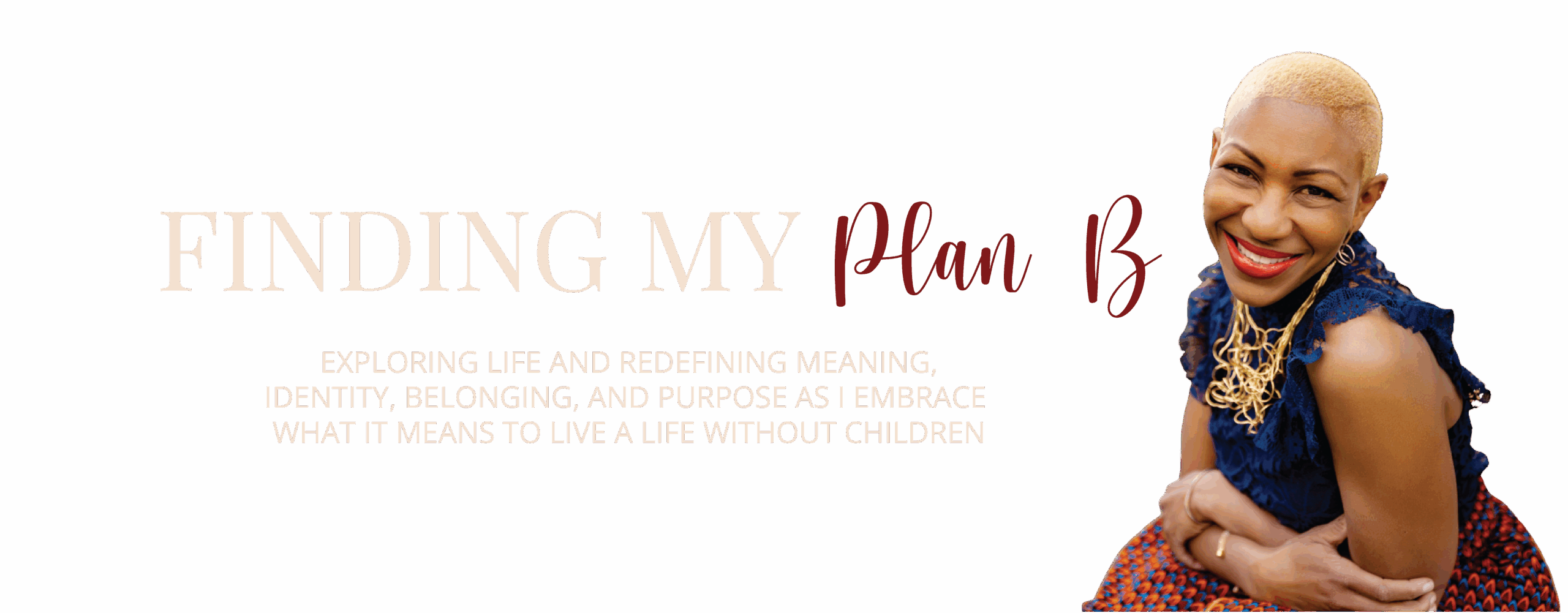Kintsugi (Japanese: 金継ぎ, lit. ‘golden joinery’), also known as kintsukuroi (金繕い, “golden repair”), is the Japanese art of repairing broken pottery by mending the areas of breakage with urushi lacquer dusted or mixed with powdered gold, silver, or platinum. As a philosophy, it treats breakage and repair as part of the history of an object, rather than something to disguise.
Broken Beauty
Last week, I had the privilege of attending a Kintsugi session (hosted by Researcher and midwife Ashley Younger, an OBGYN/midwife from the JR hospital. at the (Mis)Conceptions: Fertile Histories event to The Bomb Factory, London. I first learned about Kintsugi a few years ago, but it wasn’t until I participated in this session that I truly understood its analogy to life. Kintsugi beautifully illustrates how breakage and repair are not flaws to be hidden but essential parts of an object’s story, adding to its uniqueness and strength.
As I participated in the session, I found that it required immense patience, something that I truly lack. When I picked up the vase I was working on, after carefully sticking the broken pieces together with the glue, it fell apart in my hands, boy was I frustrated. The glue just didn’t stick quick enough which prevented me from moving on with piecing the other fragments back together. I kept having to start over.



A Fragmented Reality
As I continued, I realised that some of the broken pieces, which initially seemed to fit, didn’t quite come together perfectly to restore the vase to its original form. There were gaps where the vase was once whole. This reminded me of life’s challenges and how our experiences shape us, leaving marks that contribute to our unique stories. It reminded me of how the challenges that we encounter can pull us apart, some would say break us, forcing us to rebuild a life that looks soooooo different from the one we had before.
As I looked at the finished vases of other participants, I found myself comparing mine to theirs. Their vases looked better; their cracks were neater and smoother than mine making me wish I could take theirs home instead of my own. This comparison made me reflect on how often we measure our worth against others, forgetting that our journeys are different, and our scars tell our own stories.
Comparison: One of the 3 Thieves of Joy
When I examined my friend’s vase, I questioned whether it had been broken in the first place. The cracks were faint and barely visible. At the centre of the vase, there was a small gold piece that resembled a heart. To me, it seemed as though they wanted to hide their wounds and showcase their heart to others. This made me think about how we sometimes conceal our pain and vulnerabilities, allowing only glimpses of our true selves to show through.
Embracing Imperfection and Honouring our Scars
The Kintsugi session was a profound experience, teaching me about the importance of patience, acceptance, and self-reflection. It reminded me that life is not about achieving perfection but embracing our flaws and learning from them. Our broken pieces, when mended with love and care, create something uniquely beautiful that tells a story of resilience and growth. That shows that we are beautifully scarred and it’s these scars that show we have lived.
My vase, with all its imperfections and golden seams, is a symbol of my journey. It taught me to appreciate the process, to cherish my own path, and to recognise the beauty in my brokenness. I left the session, celebrating life’s intricate tapestry, where joy and sorrow can be woven together to create a story of resilience, beauty, love, loss and joy.
The (Mis)Conceptions: Fertility Histories event, through the art of Kintsugi, offered a powerful reminder that our scars and cracks are not something to be ashamed of but to be celebrated. They are a testament to our strength and an integral part of who we are. Embracing them allows us to move forward with grace and gratitude, knowing that we are whole, with all our imperfections. We are imperfectly perfect!!!








Recent Comments